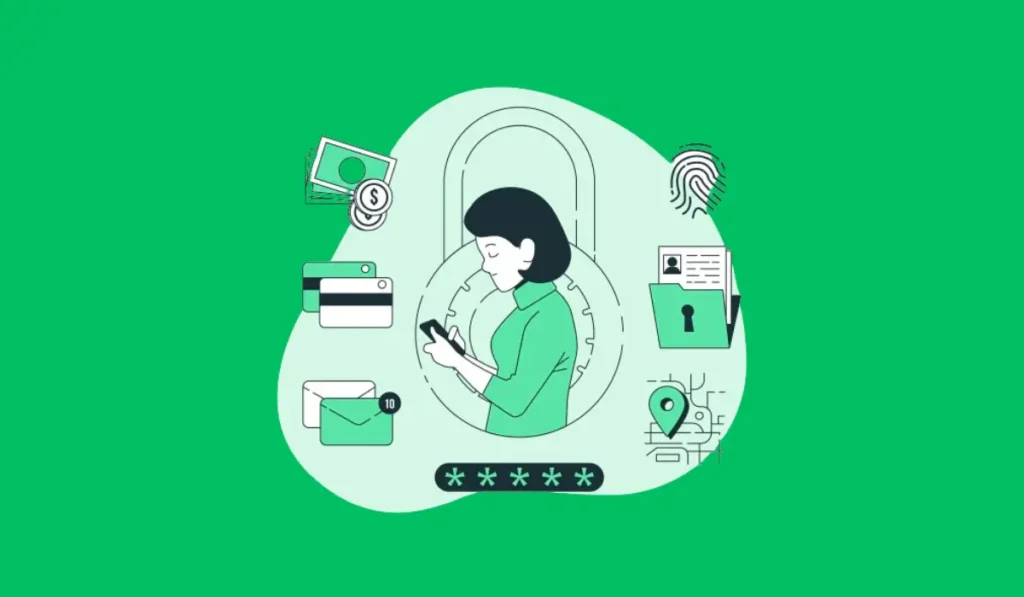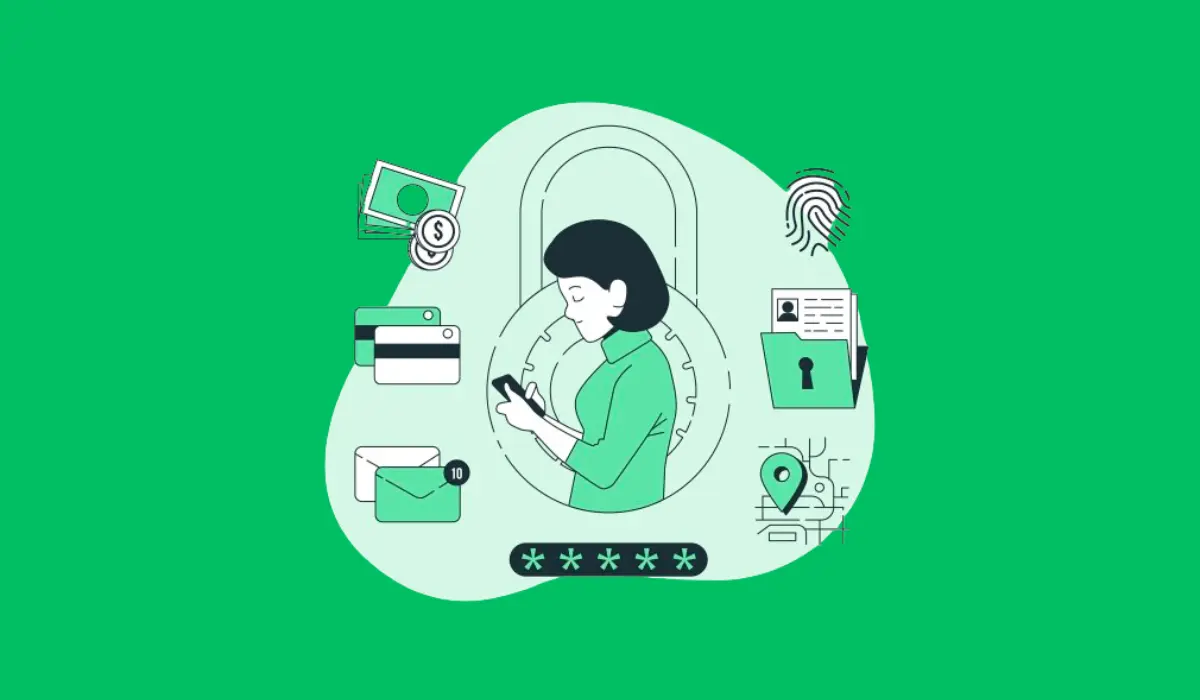
Fortifying Your AT&T Account After the Data Breach
Millions of AT&T customers recently had their peace of mind shaken by a data leak. This breach exposed a trove of sensitive information, including names, addresses, Social Security numbers, and even encrypted passcodes. While AT&T has proactively reset affected passcodes, this incident serves as a stark reminder of the ever-present need for robust cybersecurity practices.
This article delves into the aftermath of the data leak and equips you with the knowledge and tools to fortify your AT&T account. We’ll explore specific actions you can take to enhance security, minimize potential damage, and regain control of your digital footprint.
Understanding the Breach and Its Implications
The leaked data is believed to be from 2019 or earlier, impacting millions of current and former AT&T customers. While the source of the leak remains under investigation, the data itself raises concerns. The inclusion of encrypted passcodes is particularly alarming. Security researchers discovered the encryption to be weak, potentially allowing malicious actors to decipher the actual passcodes using readily available information like birthdates or phone numbers found within the leaked data set.
How to secure your AT&T account ? Actionable Steps to Secure Your Account
While AT&T has initiated a password reset, it’s crucial to go beyond their measures and actively protect your account. Here are several key steps you can take:
- Double Down on Passwords: Don’t rely solely on the reset passcode. Choose a new, robust passcode that adheres to best practices. Aim for a minimum of 12 characters, incorporating a mix of uppercase and lowercase letters, numbers, and symbols. Resist the urge to reuse old passwords or any variation of them, especially those containing personal information.
- Embrace Two-Factor Authentication (2FA): If available for your AT&T account, enable 2FA immediately. This adds an extra layer of security during login attempts. When enabled, you’ll receive a secondary verification code, typically via text message or email, that needs to be entered alongside your password to gain access. This significantly increases the difficulty for unauthorized individuals to breach your account.
- Become Your Own Watchdog: Develop a habit of regularly monitoring your AT&T account activity. Scrutinize your billing statements for any unauthorized charges or service changes. Similarly, review your account details to ensure no unauthorized modifications have been made. Early detection of suspicious activity allows you to take swift action, minimizing potential damage.
- Beware of Phishing Scammers: Data breaches often attract phishing scams. These scams involve fraudulent emails or calls designed to trick you into revealing personal information or clicking on malicious links. Phishing attempts might appear to originate from AT&T or other legitimate sources. Never share your account details or click on suspicious links in unsolicited communications. If unsure about an email’s legitimacy, directly contact AT&T through their official channels.
- Consider a Password Manager: Managing complex, unique passwords for multiple accounts can be a daunting task. Password managers offer a secure solution. They store and encrypt your passwords, eliminating the need to remember them all. This allows you to create strong, unique passwords for each account, significantly boosting your overall cybersecurity posture.
Beyond the Immediate Steps: Building Long-Term Resilience
While the steps outlined above address the immediate concerns arising from the data breach, cybersecurity should be an ongoing practice. Here are some additional tips to build long-term resilience:
- Stay Informed: Stay updated on cybersecurity threats and best practices. Reputable cybersecurity resources and publications can equip you with the knowledge to make informed decisions about your online safety.
- Practice Selective Sharing: Be mindful of the information you share online. The less personal information readily available online, the less ammunition there is for malicious actors in the event of a data breach.
- Enable Automatic Updates: Keeping your devices and software up-to-date ensures you benefit from the latest security patches that address newly discovered vulnerabilities.
- Be Wary of Public Wi-Fi: Avoid conducting sensitive activities like online banking or accessing financial information on public Wi-Fi networks. Public Wi-Fi can be unsecure and susceptible to eavesdropping.
The AT&T data breach serves as a wake-up call. By following the steps outlined above, you can significantly enhance the security of your AT&T account and minimize the potential fallout. Remember, cybersecurity is not a one-time fix; it’s a continuous process. By remaining vigilant and building a culture of strong security practices, you can take control of your digital footprint and confidently navigate the online world.


